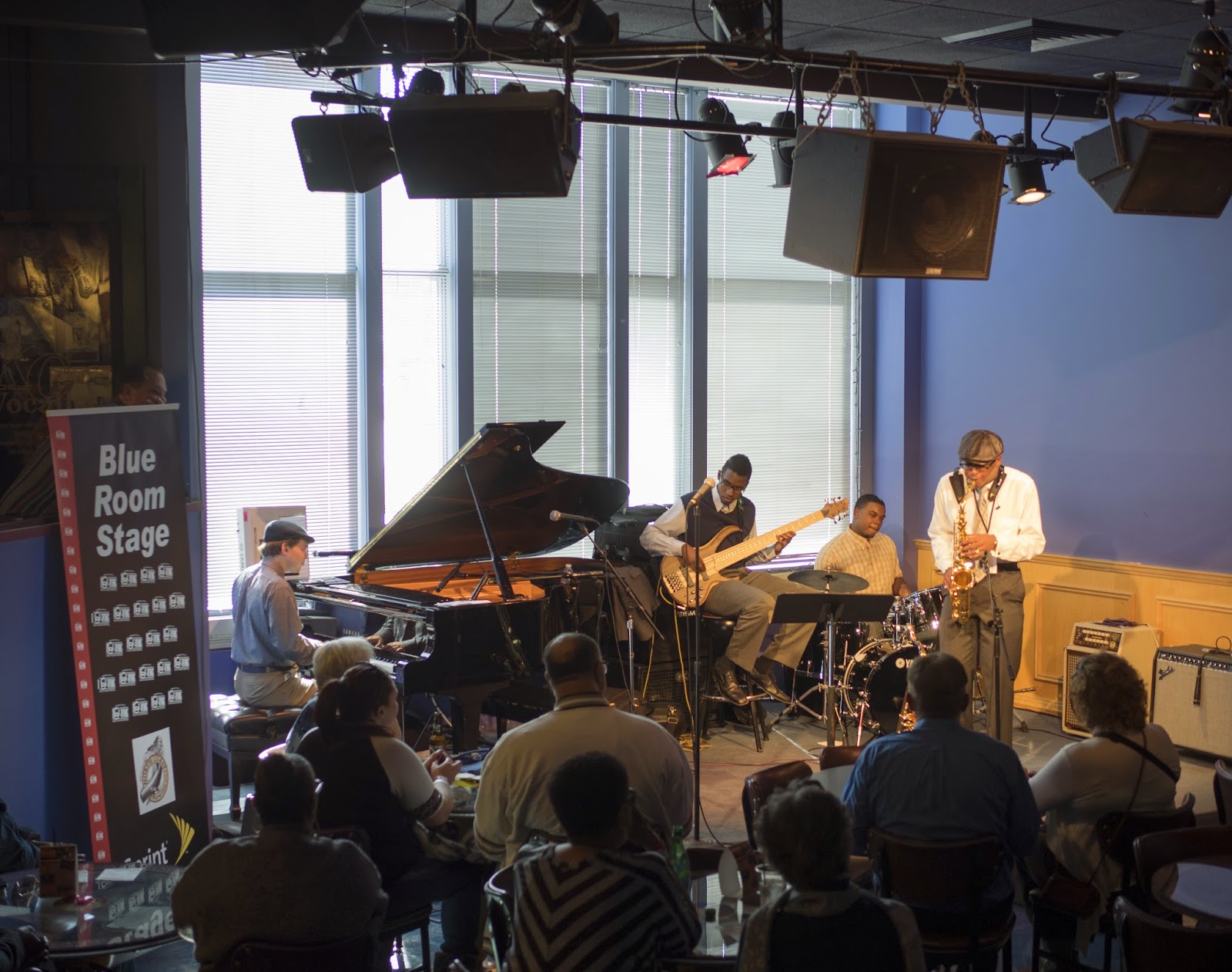
This further contributed to the loose, spontaneous Kansas City sound. The KC big bands often played by memory, composing and arranging the music collectively, rather than sight-reading as other big bands of the time did.

It was not uncommon for one "song" to be performed for several hours, with the best musicians often soloing for dozens of choruses at a time. Fueled by the non-stop nightlife under political boss Tom Pendergast, Kansas City jam sessions went on well past sunrise, fostering a highly competitive atmosphere and a unique jazz culture in which the goal was to "say something" with one's instrument, rather than simply show off one's technique.

As a result, Kansas city jazz had a more relaxed, fluid sound than other jazz styles. A preference for a 4 feel (walking) over the 2 beat feel found in other jazz styles of the time.Kansas City jazz is distinguished by the following musical elements: Ĭlubs were scattered throughout city but the most fertile area was the inner city neighborhood of 18th Street and Vine.Īmong the clubs were the Amos 'n' Andy, Boulevard Lounge, Cherry Blossom, Chesterfield Club, Chocolate Bar, Dante's Inferno, Elk's Rest, Hawaiian Gardens, Hell's Kitchen, the Hi Hat, the Hey Hey, Lone Star, Old Kentucky Bar-B-Que, Paseo Ballroom, Pla-Mor Ballroom, Reno Club, Spinning Wheel, Street's Blue Room, Subway, and Sunsetx. playing the wrong thing, we'd straighten you out. Kansas City was different from all other places because we'd be jamming all night. Often members of the big bands would perform at regular venues earlier in the evening and go to the jazz clubs later to jam for the rest of the night. Most of the jazz musicians associated with the style were born in other places but got caught up in the friendly musical competitions among performers that could keep a single song being performed in variations for an entire night. Kansas City was a wide open town with liquor laws and hours totally ignored and was called the new Storyville. The era marked the zenith of power of political boss Tom Pendergast. Transcontinental trips at the time whether by plane or train often required a stop in the city. Kansas City in the 1930s was very much the crossroads of the United States resulting in a mix of cultures. However, the Kansas City jazz school is identified with the black bands of the 1920s and 1930s. The first band from Kansas City to acquire a national reputation was the Coon-Sanders Original Nighthawk Orchestra, a white group which broadcast nationally in the 1920s. Other cities include New Orleans, Chicago, St.


Kansas City is known as one of the most popular "cradles of jazz". According to a Kansas City website, "While New Orleans was the birthplace of jazz, America's music grew up in Kansas City". The hard-swinging, bluesy transition style is bracketed by Count Basie who in 1929 signed with the Bennie Moten's Kansas City Orchestra and Kansas City native Charlie Parker who was to usher in the Bebop style in the 1940s. Kansas City jazz is a style of jazz that developed in Kansas City, Kansas and Kansas City, Missouri and the surrounding Kansas City Metropolitan Area during the 1930s and marked the transition from the structured big band style to the musical improvisation style of Bebop. Towns which are popular with Kansas City jazz Piano, saxophone, clarinet, trumpet, double bass, drums Blues, New Orleans jazz, ragtime, big band, swing, Harlem stride, Bounty Music


 0 kommentar(er)
0 kommentar(er)
